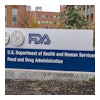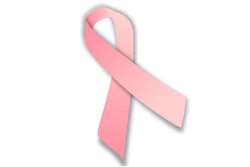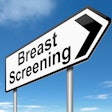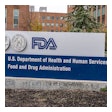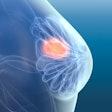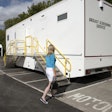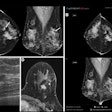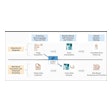The U.S. Food and Drug Administration (FDA) has issued updated guidance regarding how breast density should be communicated to patients in a mammography exam report.
The approved alternative standard is 21 CFR 900.12(c), and directs radiologists to use the following language to classify breast density:
(A) The breast is almost entirely fatty.
(B) There are scattered areas of fibroglandular density.
(C) The breast is heterogeneously dense, which may obscure small masses.
(D) The breast is extremely dense, which lowers the sensitivity of mammography.
(E) Breast density: Almost entirely fatty.
(F) Breast density: Scattered areas of fibroglandular density.
(G) Breast density: Heterogeneously dense, which may obscure small masses.
It directs providers to use the following language for low-density breast tissue categories: "Breast tissue can be either dense or not dense. Dense tissue makes it harder to find breast cancer on a mammogram and also raises the risk of developing breast cancer. Your breast tissue is not dense. Talk to your healthcare provider about breast density, risks for breast cancer, and your individual situation."
It also directs providers to use the following language for high density breast tissue categories (difference from the above in italics): "Breast tissue can be either dense or not dense. Dense tissue makes it harder to find breast cancer on a mammogram and also raises the risk of developing breast cancer. Your breast tissue is dense. In some people with dense tissue, other imaging tests in addition to a mammogram may help find cancers. Talk to your healthcare provider about breast density, risks for breast cancer, and your individual situation."



